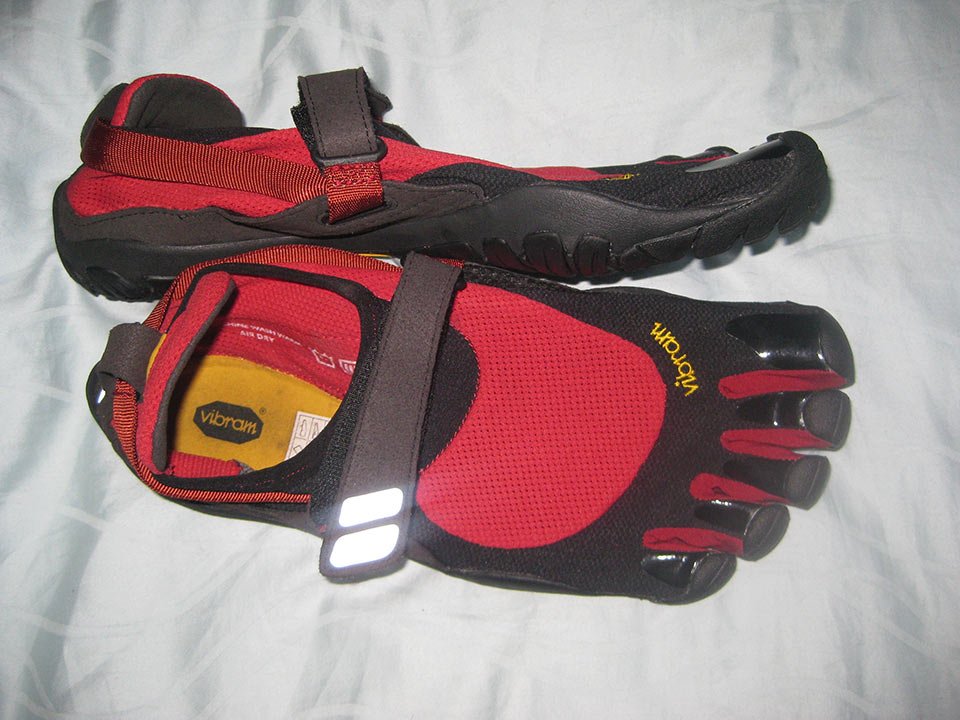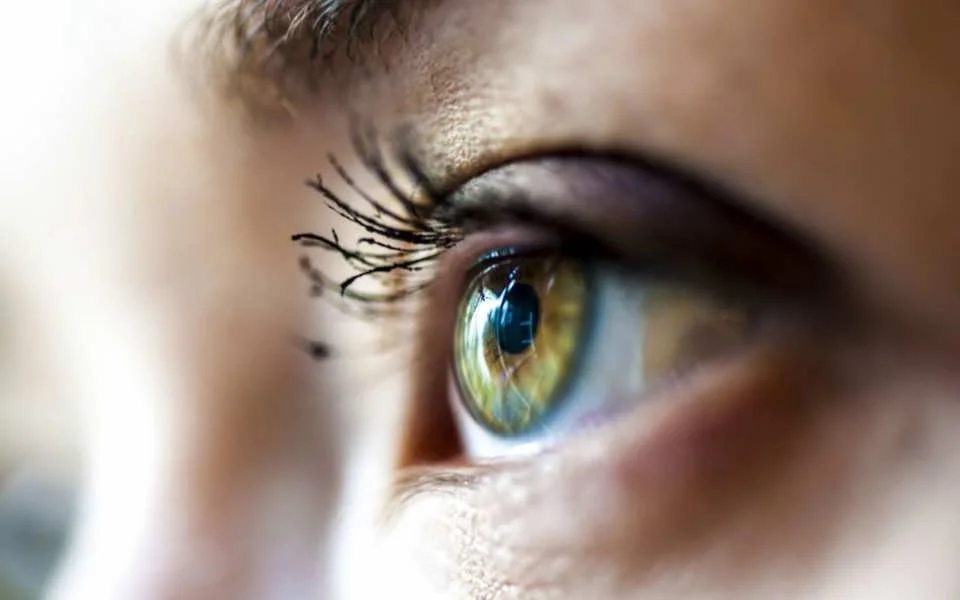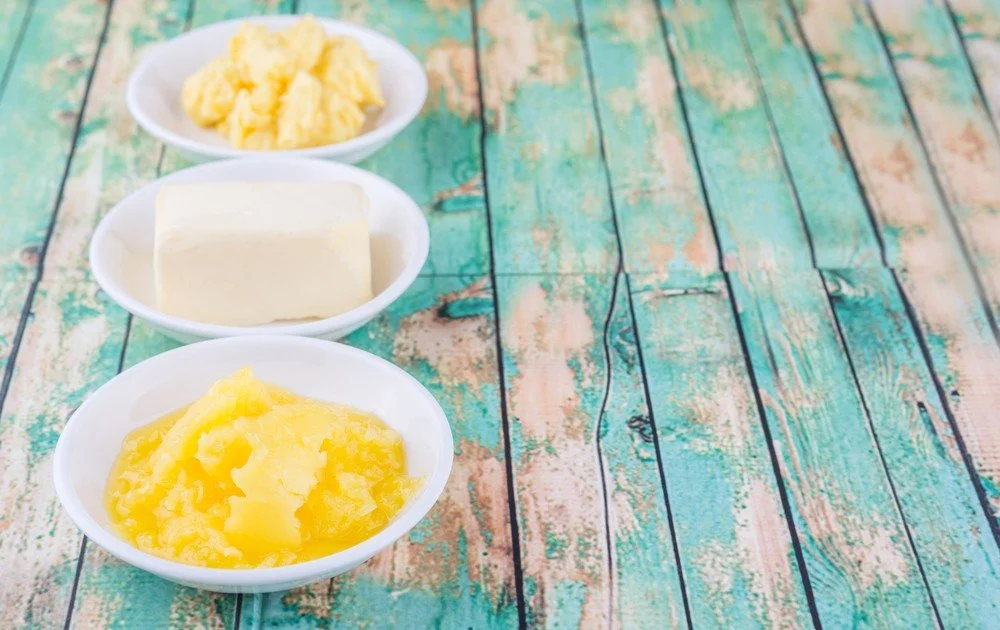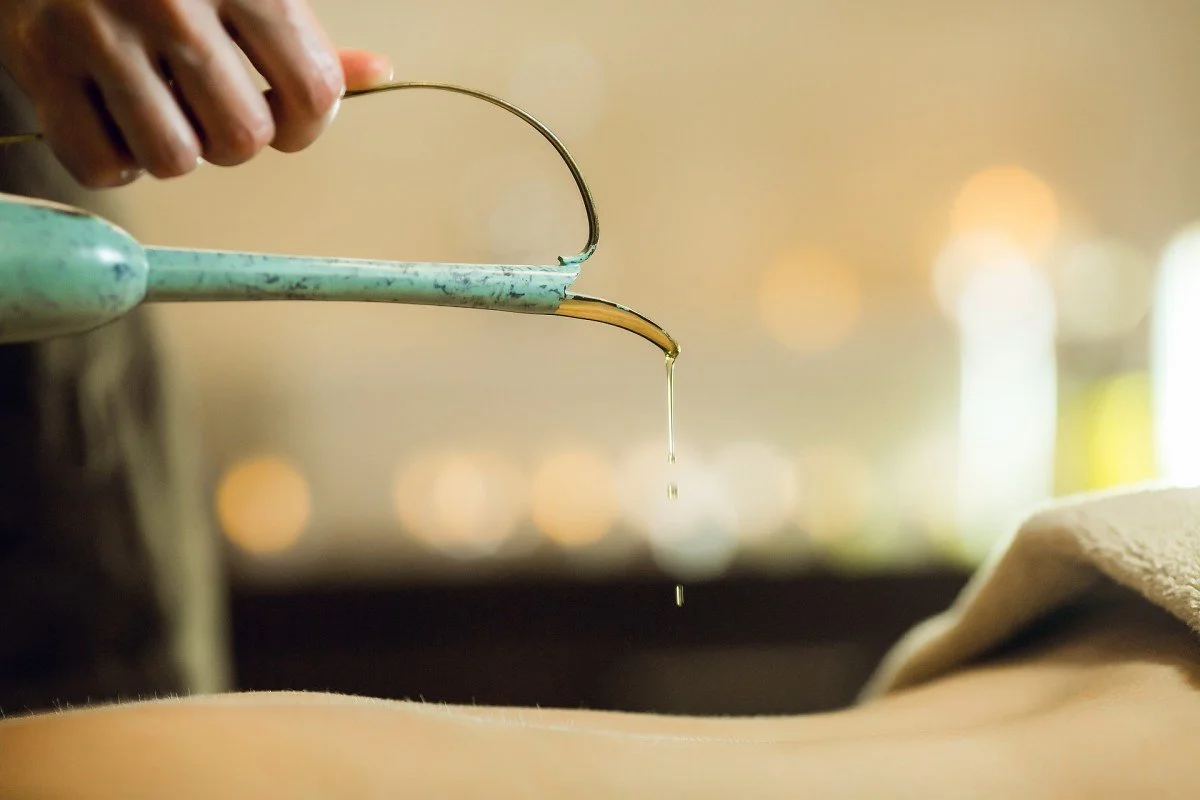Barefoot Running / Walking – Are Your Runners Killing You? Why You Should ‘Go Natural’!
The more expensive your runners …the more likely you are to get leg injuries!
* Even if you do not jog or run, read on.
“When you run on the earth, and run with the earth, you can run forever ”
- Tarahumara Indians
The more you pay for runners …the more likely you are to get injured!
It’s true, the multimillion dollar industry around the technology and science of creating running shoes is a farce. About a year ago, I had this intuitive feeling to start walking and running on soft grass. Instead of pounding the pavement in my runners and gradually sensing that my knees and joints were getting sorer, I started to take my shoes and socks off and start jogging on a grass oval near where I live. It was absolutely wonderful. Occasionally there would be some overnight rain, so the grass was slightly damp. I can’t begin to tell you how much more invigorating, energising and rejuvenating the whole experience was. More importantly, running bare foot actually felt more natural, and somehow more efficient and ‘less’ jarring on my body. After some ‘early-days’ testing I’m sure I’m running faster with less effort too.
After writing about the Tarahumara Indians in my first book, I came to know that they used to run in excess of 100 miles through the mountainous Copper Canyons of Mexico with nothing more than thin rubber-soled, home-made sandals. And I used to laugh watching videotapes of them shuffling along while beating some of the best elite ultramarathon runners from North America.
Fast forward a couple of years, and I have just recently finished reading one of the best books I’ve ever read. It’s called ‘Born to Run’ by Christopher MacDougall(1). He is a US journalist with quite a high profile as a contributing editor for Men’s Health magazine and writing for prominent publications such as Esquire and the New York Times. The book outlines in detail how the human body was designed for running, and how to a large extent, the huge number of running related injuries we see in the modern world are not because running is bad for us. They are almost entirely on the incorrect way we run and most significantly …… modern running shoes.
McDougall cites a multitude of scientific research studies, biomechanical analysis and expert opinions, to show that the more high-tech, expensive and ‘supportive’ our running shoes are, the more likely we are to get injured. This is due to the basic myth, that having running shoes or expensive orthotics, artificially supporting or propping up our feet is a good thing. Like anything where we artificially ‘prop up’ the body, and stop it from doing what it is designed to do naturally, the structures involved actually become ‘weaker’. Overtime, as the strength in the surrounding bones, ligaments and muscles become weaker, they are more likely to get injured. This is why about 75% of serious runners have some sort of leg injury each year.
A GLIMPSE OF ‘BORN TO RUN’
Here are some quotes and wisdoms from McDougall’s great book (though you’ll want to get it yourself if you like or have ever wanted to jog/run).
For millions of years, humans ran without arch support, pronation control or gel filled pads under their heels.” McDougall
Leonardo da Vinci considered the human foot, with its fantastic weight suspension system comprising one quarter of all the bones in the human body, ‘a masterpiece of engineering and a work of art’.
Abebe Bikila – an Ethiopian Marathoner ran barefoot over the cobblestones of Rome to win the 1960 Olympic marathon.
“Shoes block pain, not impact. Pain teaches us to run comfortably. From the moment you go barefoot you will change the way you run”. Barefoot Ken Bob
“Covering your feet with cushioned shoes is like turning off your smoke alarms” – Barefoot Ted
“Bricolage – the concept of ‘less is more’ or that the best solution is also the most elegant. Why add something if you’re born with everything you need?” Barefoot Ted
“A lot of foot and knee injuries that are currently playing us are actually caused by people running in shoes that make our feet weak, cause us to over-pronate, and give us knee problems.
In 1992 when the modern athletic shoe was invented by Nike, people had very strong feet and a much lower incidence of knee injuries.” Dr. Daniel Lieberman, a professor of biological anthropology at Harvard University.
“I believe that when my runners train barefoot, they run faster and suffer fewer injuries.” Stanford University head coach Vin Lananna
“There is no evidence that running shoes are any help at all in injury prevention.” – McDougall
In 2008 research paper for the British Journal of sports medicine, Dr. Craig Richards, a researcher at the University of Newcastle in Australia, revealed that there are no evidence-based studies – not one – that demonstrate that running shoes make you less prone to injury.
“No stonemason worth his trowl would ever stick a support under an arch; push up from underneath, and you weaken the whole structure.” Gerard Hartman, Physical therapist for many of the world’s greatest distance runners.
“The foot is supposed to pronate.” Hartman (i.e. it’s perfectly natural!)
“Putting your feet in shoes is similar to putting them in a plaster cast” Hartman
“Painful truth No1. – The Best Shoes are the Worst” – McDougall
In the early 2000, Nike did their own research on barefoot running, and were astounded by the results. They quickly and subsequently shifted into finding a way to make money out of running barefoot. Two years later they launched worldwide TV ads showing barefoot athletes – from Kenyan marathon runners to Brazilian dancers, rock climbers and karate masters. The messages flashing across the screen were “Your feet are your foundation. Wake them up! Make them strong! Connect with the ground … Natural technology allows natural motion … Power to your feet.” Across the sole of a barefoot is the written, ‘Performance Starts Here’. And it all ends with the final slogan … ‘Run barefoot’.
And my two favourite quotes of all …
“The best runner leaves no tracks.” – Tao Te Ching
“You don’t stop running because you get older, you get old because you stop running.”
IN A NUTSHELL
Interestingly, primitive cultures that haven’t had any type of modern running shoes, and instead have relied on the infinite wisdom of Mother Nature in designing the human foot, can run for many miles every day for their whole lives, and never, ever have one injury.
Why? Because our feet are exquisitely designed by the master creator herself. Over a quarter of the bones in our bodies are in our feet. When we land on our mid-foot (rather than that heel), which we tend to do when we wear ‘cushioned’ runners – because we know that the running shoes are going to cushion us – the weight of the body and the force it generates on the lower legs gets displaced.
Without the cushioning of expensive running shoes, instead of thrusting our front leg too far in front of us and thus impacting our lower body with a force of 12 times our body weight, we actually start running in a more ‘natural’ manner. The feet tend to skim closer to the ground, landing softer and on the middle and/or the balls of the foot. This utilises the unique design of the foot to displace the force more efficiently, taking the stress off the feet and lower legs.
Not only that, but this way of running also strengthens one’s feet, ankles and legs, thus minimising the risk of injury long-term. It is also far more efficient. If you start doing it for a few weeks, you will likely find that you can run just as quick as you previously did but with much less effort. *
WHAT IF YOU CAN’T RUN ON GRASS?
No problem. Many people don’t have a nice lush, safe patch of grass to run on. Basically, there’s two options.
Option 1: What MacDougall and I recommend, is that you just purchase yourself a basic (and cheap) pair of runners. The cheaper, and the less shock absorption and support they have, the better. They will make you run more naturally, make your feet work as they were designed, and over time strengthen your feet, ankles and legs.* While the famous ‘Dunlop volleys’ are a bit of a source of derision and laughter these days, they are actually a great pair of runners to purchase. I bought a pair myself a few months ago for $17 at Target. They’re fantastic … and what a fashion accessory! I get some great looks at the gym from both guys & girls!
My 'Stunning' Barefoot Runners - I Get Some Great looks!!!
Option 2: The other option is to buy yourself a pair of ‘barefoot runners’. Yes, even the biggest manufacturers of running shoes in the world, including Nike, now admit that their most expensive runners are often the key cause of injuries. There are many brands of barefoot runners out there these days. I bought myself a pair of ‘Vibram five fingers’ (see left). These are probably the best known but you could Google ‘barefoot running’ or ‘barefoot running shoes’ and be able to get a cheaper pair somewhere.
* IMPORTANT NOTE: This should be done very gradually to avoid injury, see suggestions below.
SUGGESTIONS FOR YOU:
1. Even if you just like to walk, walk, rather than jogging or running, wherever possible, take your shoes and socks off and go barefoot (obviously, only if it is 100% safe to do so). Doing so on slightly wet grass is even better. (You get the benefits of the ancient practice of ‘earthing’ yourself also).
2. If you are a jogger or runner, especially if you usually jog on a gymnasium treadmill or on hard services, look to purchase yourself some ‘barefoot runners’ or some cheap runners (e.g. Dunlop volleys) with minimal support/shock absorption. Once done, gradually progress from walking, to a very slow shuffle to jogging over a period of ‘WEEKS’. Once again, this should be done very gradually and with the correct running technique (see 3.) to avoid injury! *
3. Although I am suggesting it is better long-term to walk or jog either barefoot on soft surfaces, or with minimal support on harder surfaces, this. You MUST run biomechanically correctly. This includes having your body upright, back straight, head up, and hips aligned. Your feet skim close to the ground, your stride length should be much shorter (quicker is ok) and you should have a softish foot landing around the mid-foot. As your body will be unused to this way of moving, you MUST start off very slowly and build up very gradually. I would suggest just walking for a week or two, then doing short five-minute shuffles for another week. Then just build-up 5 or 10 minutes per week. I.e. this is a very gradual transition to a different form of jogging/running.
Please do not just rush out and start running around barefoot, as you will more likely do yourself injury or harm.
4. Jog on soft (dewy) grass – without prickles or bindies! Arghh! – where possible. This is beautiful!
5. Generally, try to avoid this (or any type of running) on really hard surfaces such as concrete. If running on such surfaces you might still want to use some more ‘cushioned’ support, make 100% sure you are running with the proper technique (landing ‘lightly’) or just try and avoid it altogether.
Note; When running on hard surfaces such as concrete or pavement, I usually wear ‘normal’ running shoes (nothing high-tech, but something with a bit of padding). Whenever I run on grass, I run barefoot and whenever I am on a gym treadmill, dirt track, running or walking track etc, I’ll generally wear my Vibram five fingers. Regardless of the surface however, I try to run with the technique described above so that even on hard surfaces it doesn’t exacerbate potential problems (having some slightly dodgy/arthritic knees due to my years of football and heavy leg weights etc, I’m conscious of not trying to aggravate these further – but this may not apply to you).
6. For further information on all the scientific evidence, world leading expert opinions, and anecdotes of the world’s greatest runners who don’t wear modern running shoes and never get injured, or if you are just really into running, get yourself a copy of ‘Born to Run'(1). It’s a great read.
7. Get back to nature, and experience how walking and running were designed to be. It could truly revolutionise the way you think about jogging and exercise. You might even find it enjoyable, if not exhilarating. Seriously! Enjoy.
1. MacDougall, Christopher. ‘Born to Run’. 2010. Profile Books (UK)
ARTICLE WRITTEN BY MARK BUNN
Mark Bunn is the Founder of Dharmic Living and author of the three-time best-selling ‘Ancient Wisdom for Modern Health‘.
Featured Articles
Topics
- Alcohol 1
- Allergies 1
- AntiInflammatory 2
- Arthritis 1
- Asthma 1
- Atkins 1
- Autumn 1
- Ayurveda 22
- Ayurvedic Medicine 12
- Ayurvedic Science 2
- Bad Breath 1
- Beer 1
- Blood Sugar 1
- Bob Roth 1
- Body Odour 1
- Breakfast 2
- Breathing 1
- Business 2
- Butter 1
- Caffeine 1
- Cancer 6
- Carbohydrates 2
- Cataracts 1
- Charcoal Water 1
- Cholesterol 3
- Coffee 1
- Cold & Flu 1
- Cooking 1
- DR JR Raju 2
- Daily Cycles 2
- Dehydration 2
- Dental 3
- Detox Drinks 1
- Diabetes 1
- Diet & Nutrition 44
- Dieting 2
- Digestion 9
- Direction 1
- Disease 1
- EMF 1
- Earthing 2
- Eastern Medicine 1
- Eating 1
- Eating Out 1
- Exercise 9
- Eye Health 1
- Fish Oil 1
- Flaxseed 1
- Food Quality 2
- Forest Bathing 1

































